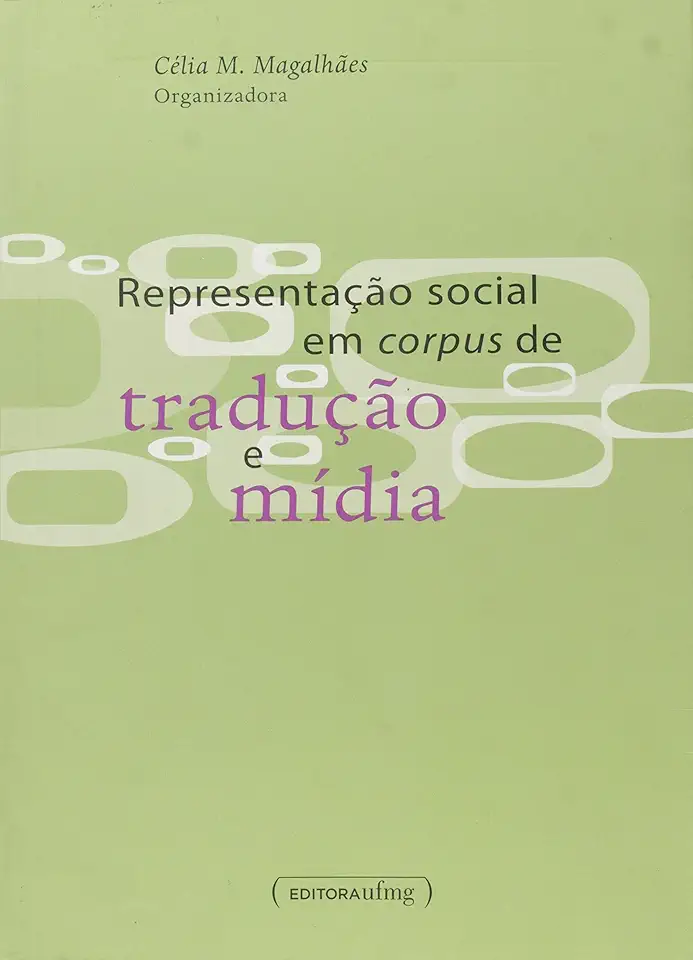
Social Representation in Translation and Media Corpus - Célia M. Magalhães
Social Representation in Translation and Media Corpus
Introduction
In the book "Social Representation in Translation and Media Corpus", Célia M. Magalhães explores the complex relationship between social representations, translation, and media discourse. Drawing on a wealth of empirical data, Magalhães argues that social representations are not simply neutral reflections of reality, but rather are actively constructed and shaped by the media. This has important implications for the way we understand translation, as it suggests that the translator is not simply a neutral conduit for information, but rather an active participant in the construction of social meaning.
Social Representations
Social representations are shared ways of understanding and interpreting the world. They are formed through our interactions with others and are influenced by our culture, our social position, and our personal experiences. Social representations can be expressed in a variety of ways, including language, images, and symbols.
Translation and Social Representations
Translation is the process of transferring a text from one language to another. However, translation is not simply a matter of replacing words from one language with their equivalents in another. Rather, it is a complex process that involves the interpretation and reconstruction of the source text in the target language. This process is inevitably influenced by the social representations of the translator and the target audience.
Media Discourse and Social Representations
Media discourse plays a powerful role in shaping social representations. The media can influence what we think about ourselves, our world, and others. It can also shape our values, our beliefs, and our behaviors.
The Implications for Translation
The relationship between social representations, translation, and media discourse has important implications for the way we understand translation. It suggests that the translator is not simply a neutral conduit for information, but rather an active participant in the construction of social meaning. This has implications for the way we train translators and for the way we assess the quality of translations.
Conclusion
"Social Representation in Translation and Media Corpus" is a groundbreaking book that offers a new way of understanding the relationship between social representations, translation, and media discourse. It is a must-read for anyone interested in translation studies, media studies, or social psychology.
Key Features
- Explores the complex relationship between social representations, translation, and media discourse
- Draws on a wealth of empirical data to support its arguments
- Offers a new way of understanding the role of the translator in the construction of social meaning
- Has implications for the way we train translators and for the way we assess the quality of translations
Why You Should Buy This Book
If you are interested in translation studies, media studies, or social psychology, then "Social Representation in Translation and Media Corpus" is a must-read. This groundbreaking book offers a new way of understanding the relationship between social representations, translation, and media discourse. It is essential reading for anyone who wants to understand the role of the media in shaping our world.